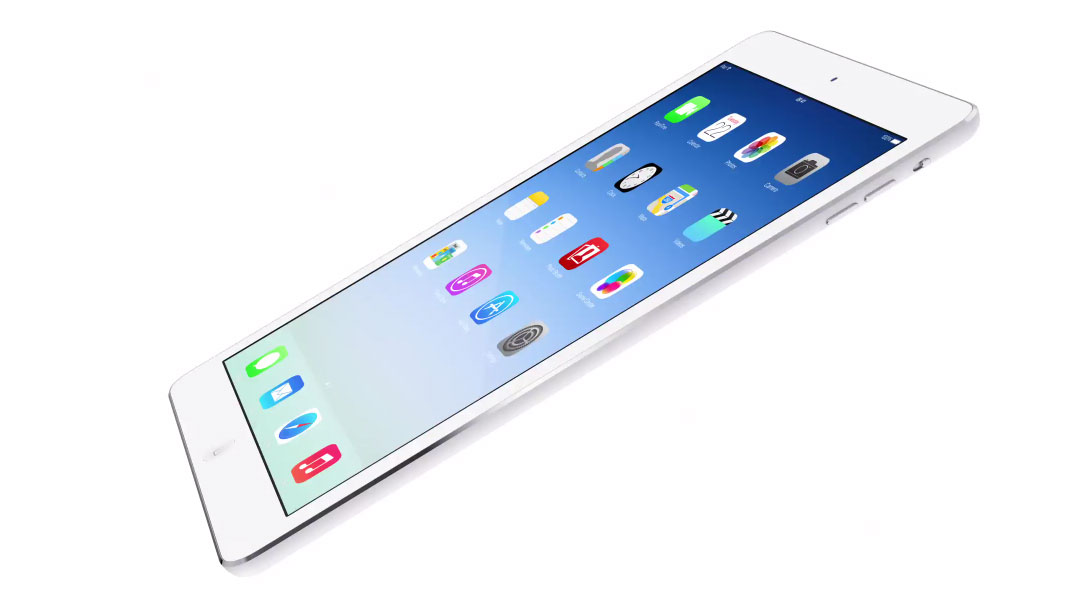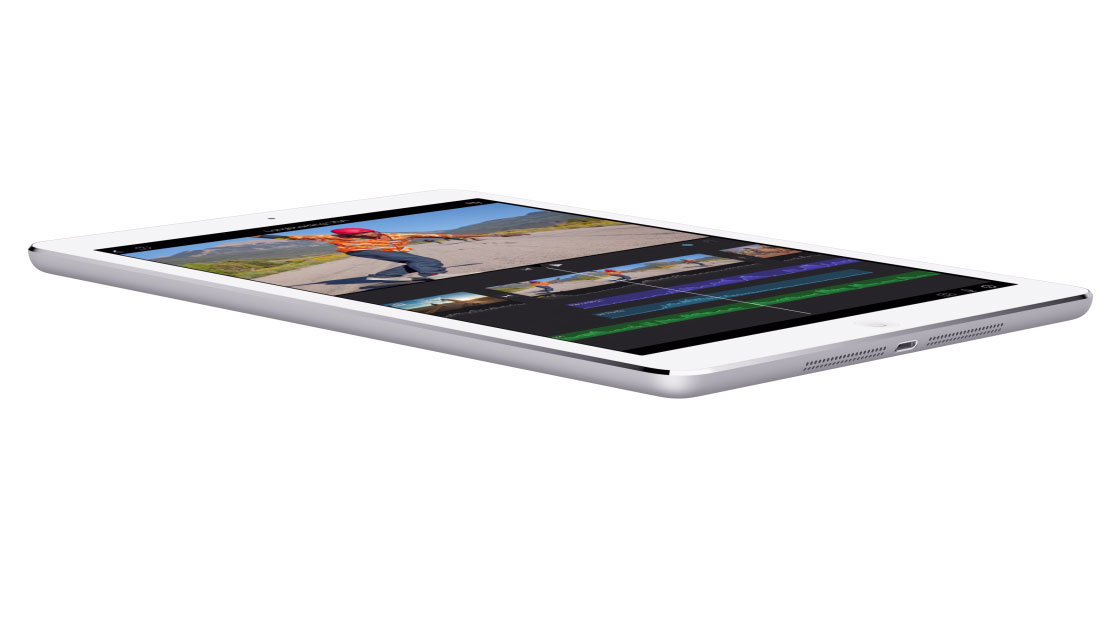iPad Air: 10 things you need to know

Yes, it was a long and convoluted keynote. Yes, Tim Cook took an absolute age to announce the new iPad range. And, yes, more time was spent with Kyle and Gavin and their new adventures in GarageBand.
But we finally have news of the new flagship iPad, the iPad Air and it is impressive. Most impressive.
- Read our hands on: iPad Air review
Here's 10 things you need to know...
1. It's got a new name
Apple's approach to naming iPad models has always been rather inconsistent and there's now yet another naming convention to contend with : the new model is called the iPad Air. Still, that's a lot better than the iPad 4 which was officially named the "new iPad."
It's "Air" now, incidentally, because it's shed some weight. You'll have noticed that Apple is concerned with lightness and slimness to the point of obsession, so it's not a surprise to see the relatively heavy previous model revamped in this way. Some people will probably still call it the iPad 5.
2. It has a smaller bezel
Previous iPads have had quite a large bezel - the area between the edge of the screen and the edge of the device. The iPad Air has a bezel that's 43% thinner than before and this means that while the screen remains the same 9.7 inches, the overall size of the device is smaller.
This is great news because a bezel is essentially wasted space, you can't do anything with it. So Apple moves a step further towards a device that is all touch screen and nothing else. The front panel is otherwise much the same, sporting a simple Home button.
Sign up for breaking news, reviews, opinion, top tech deals, and more.

3. It's gone on a diet
Advances in battery and processor technology have meant that the battery, which makes up most of the physical bulk of an iPad, has been shrunk. As a result the iPad Air is only 7.5mm thin, which makes it 20% thinner than the previous model.
Combined with a more regular shape compared to the tapered back of the last iPad, this should make for a more comfortable experience when holding it for long periods such as when reading books. It's also lost weight, weighing just 1lb. Apple says this makes it the lightest full size tablet on the market.
4. It uses the A7 processor
Apple debuted the A7 system-on-a-chip in the iPhone 5S and it's an absolute monster, providing blazing speeds while being surprisingly power efficient. It's a 64-bit processor, which paves the way for more advanced applications and better performance.
As an example, the brand new Garageband for iOS will let you run 32 tracks if you have a 64-bit chip, but 16 on a pre-A7 model. Interestingly there's no "A7X" as we might have expected. Apple supercharged the A6 processor for the iPad 4 and called it the A6X, but clearly feels the A7 is powerful enough for its newest iPad.

5. It has the M7 motion coprocessor
Also inherited from the iPhone 5S is the new M7 motion coprocessor, this clever bit of hardware that's able to interpret advanced signals received from the iPad's gyroscope, GPS and other hardware sensors.
It can receive this data independently of the main processor, saving power as it doesn't have to wake the iPad's main chip. The M7 can tell apps whether you're walking, running, sitting or driving so that they can adjust their behavior accordingly. Another potential application is indoor tracking and mapping.
6. The numbers are impressive
Apple claims that the CPU and graphics performance of the iPad Air are double that of its predecessor, which was itself no slouch. So you can expect really slick gaming and graphics performance and no waiting around for stuff to happen. Compared to the original iPad released only three years ago, the iPad Air has eight times faster CPU performance and a brain-blistering 72x faster graphics performance.
7. It's got better Wi-Fi
There's no 802.11ac (yet) so it still uses 802.11n, but the iPad Air introduces new MIMO (Multiple Input Multiple Output) technology and uses more internal antennas to improve the wireless performance of the device.